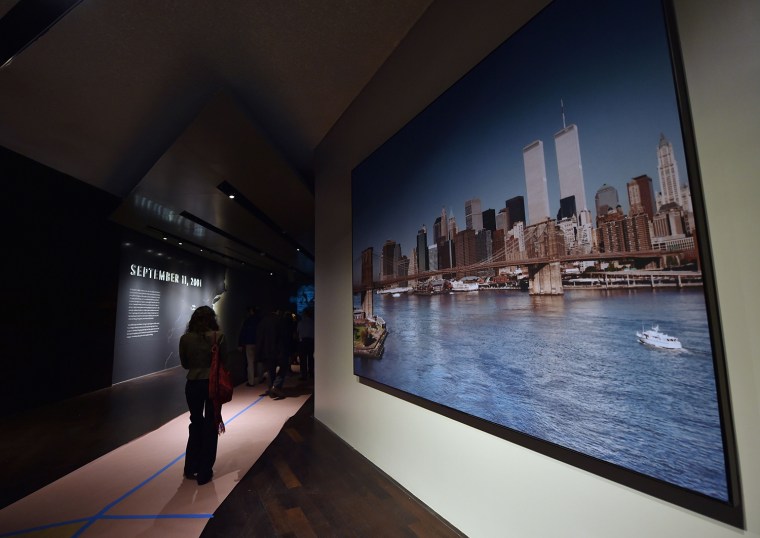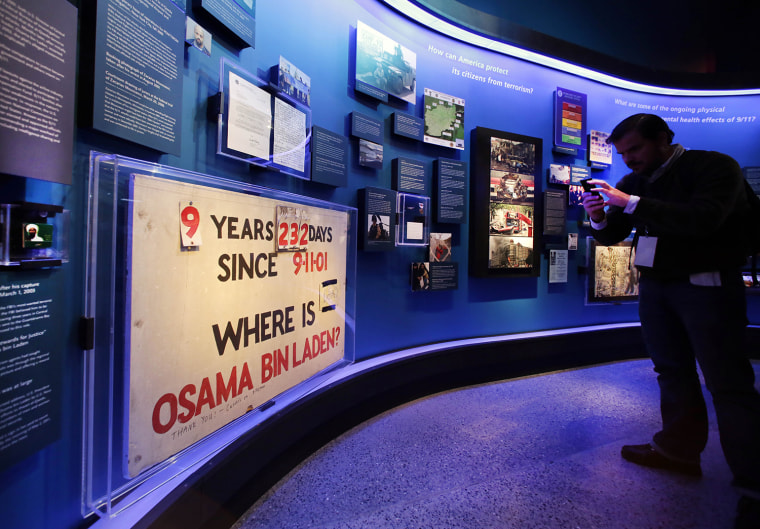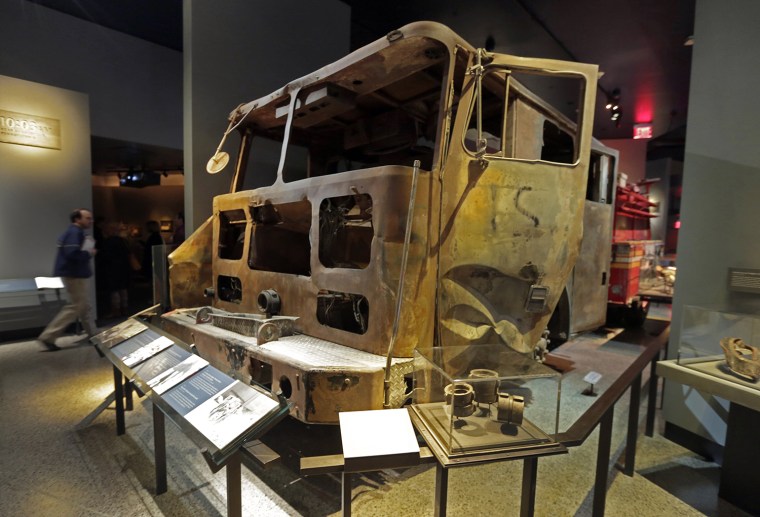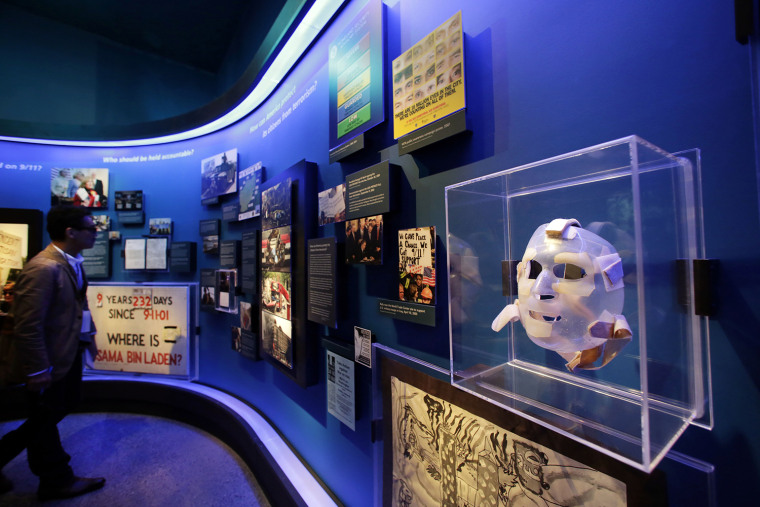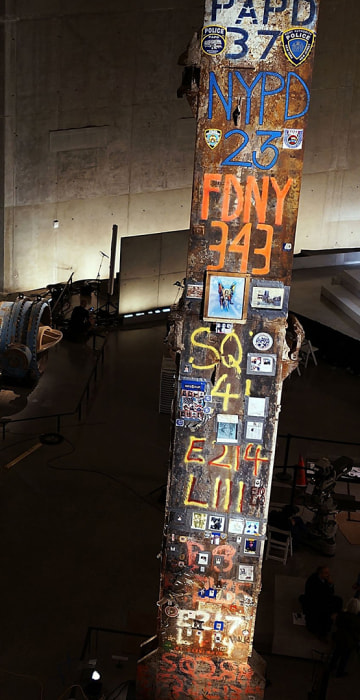
Tamron Hall
Inside the 9/11 Museum
The National September 11 Memorial & Museum tell the stories of the nearly 3,000 people killed in the 2001 attacks and the 1993 World Trade Center bombing, as well as of survivors and first responders.
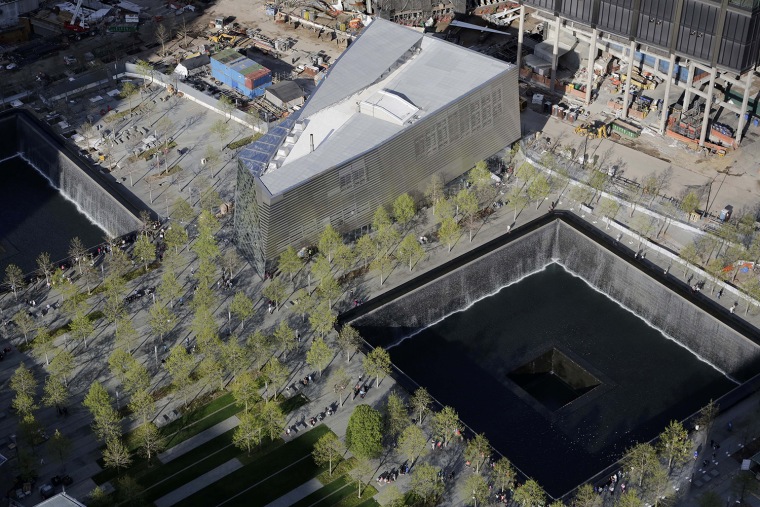
Inside the 9/11 Museum
The entrance to the National September 11 Memorial & Museum, center, is located between the two reflecting pools at the World Trade Center in New York.
The Museum, to open May 21, will include exhibits that tell the stories of the nearly 3,000 people killed in the 2001 attacks and the 1993 World Trade Center bombing, as well as of survivors and first responders. Museum Director Alice Greenwald said the museum is "about understanding our shared humanity," while former mayor Michael Bloomberg called it a reminder "that freedom is not free."
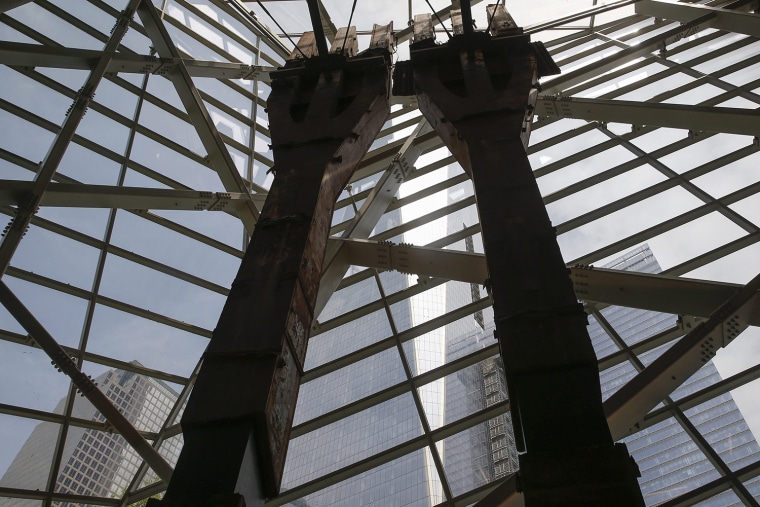
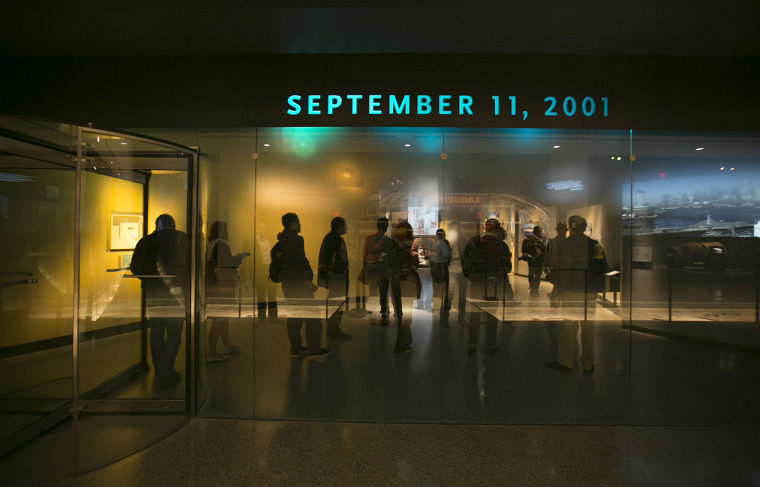
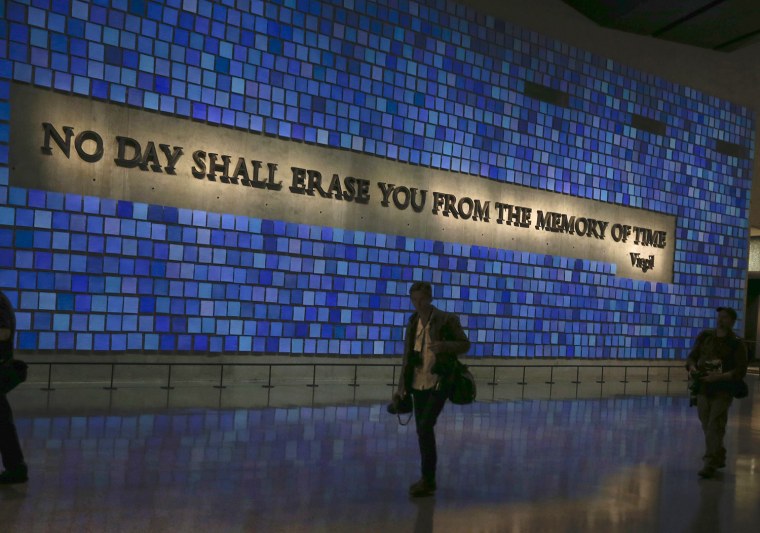

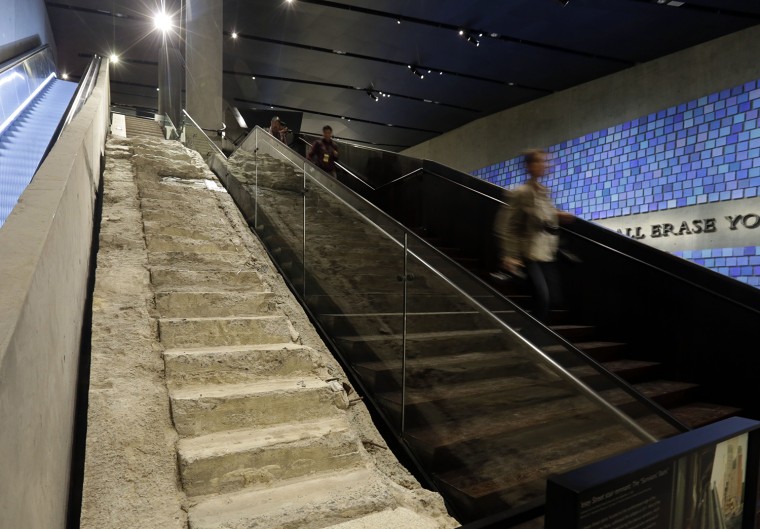
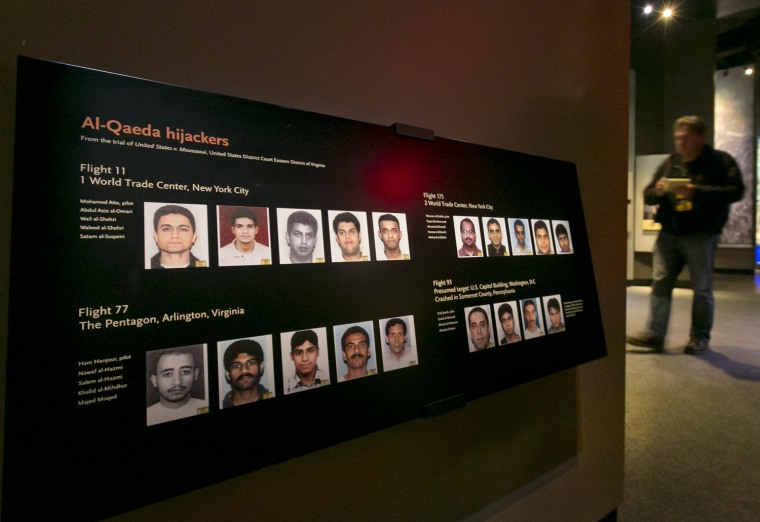
Faces of the hijackers
Portraits of the al-Qaeda hijackers are displayed in the 9/11 Museum. The museum also provides a history lesson about Osama bin Laden and the hijackers who seized the jets on Sept. 11, 2001, as well as the attackers who previously bombed the World Trade Center in February 1993.
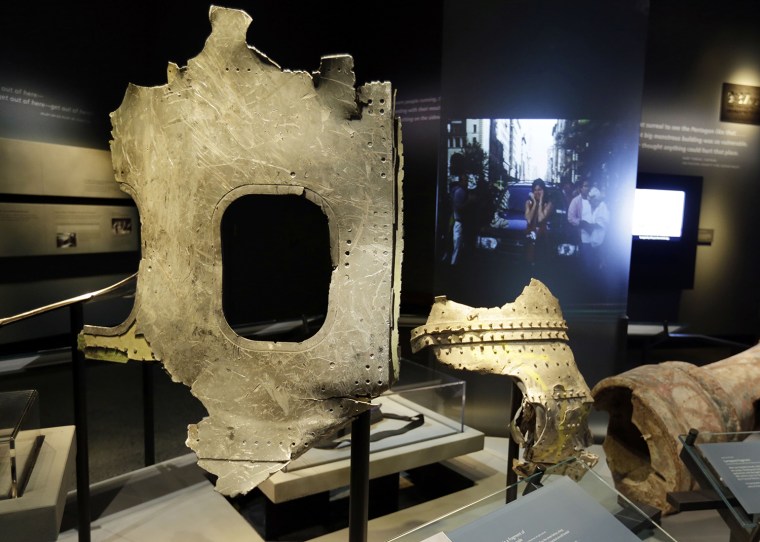
Airplane parts
Pictured are fragments of the fuselage of Flight 11, which hit the World Trader Center. In all, 76 passengers and 11 crew members aboard American Airlines Flight 11, a Boeing 767, perished when the jet crashed into the North Tower at 8:46 a.m. on Tuesday, Sept. 11, 2001. And 51 passengers and nine crew members died when United Airlines Flight 175, also a 767, slammed into the South Tower at 9:03 a.m. Both flights had departed that morning from Logan International Airport in Boston and were on their way to Los Angeles when they were hijacked by al-Qaeda terrorists.
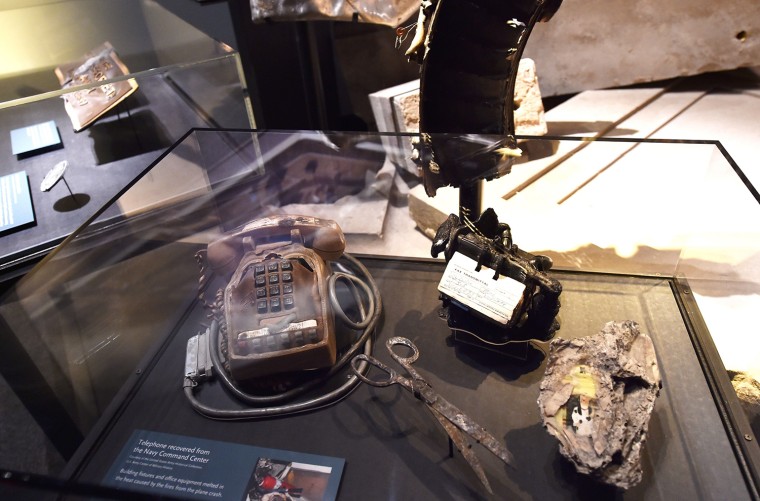
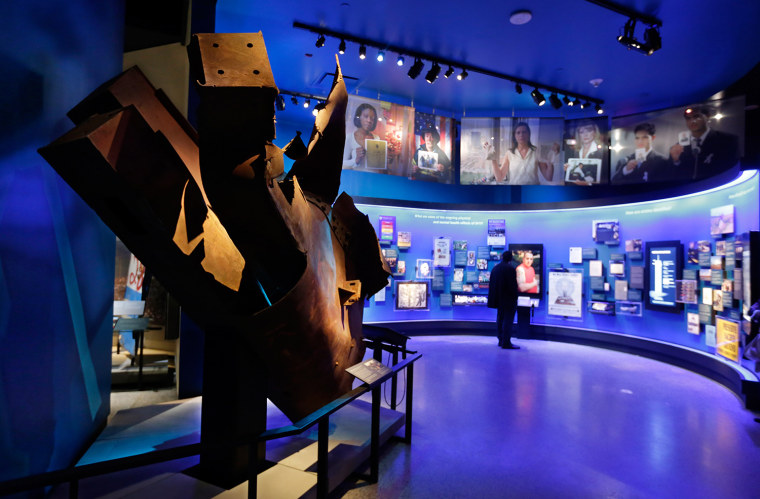

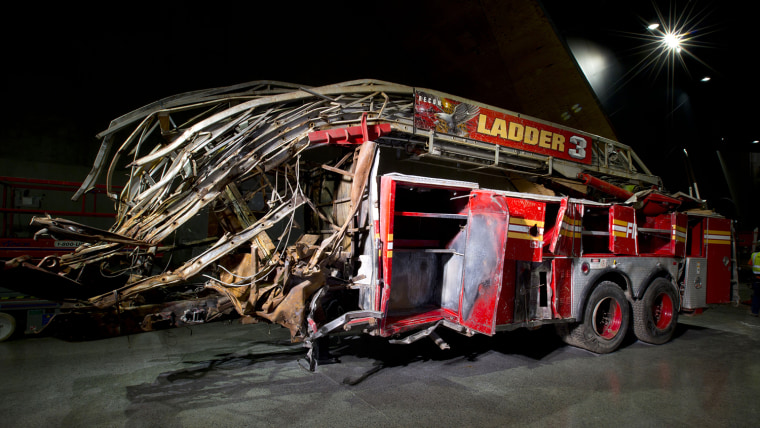
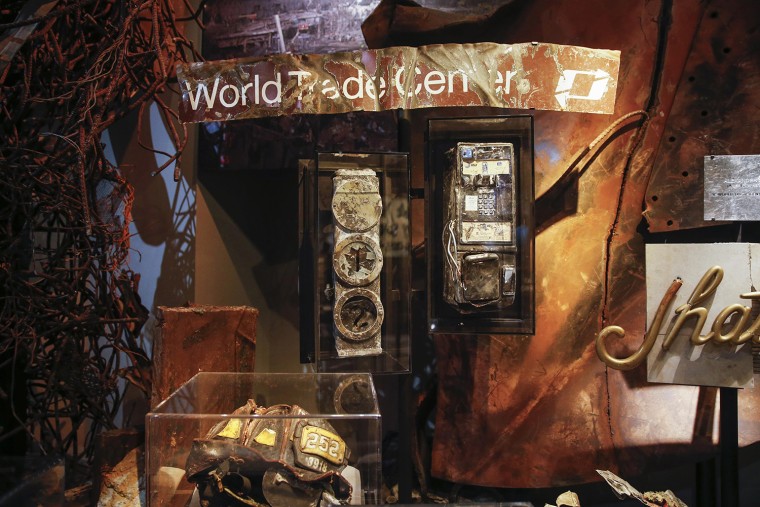
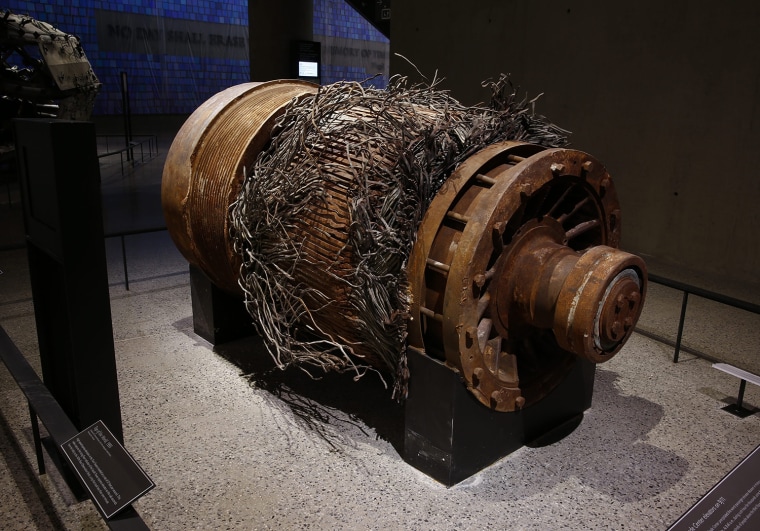
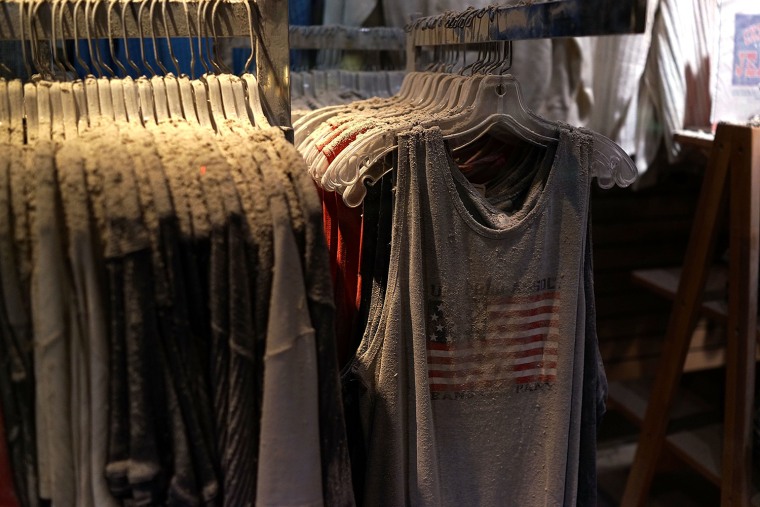
Frozen in time
Curators preserved the interior of Chelsea Jeans, including the ash-covered merchandise that owner David Cohen left undisturbed. The clothing store, which was located a block from the towers on Broadway near Fulton Street, became a makeshift shrine and a place of pilgrimage after the Sept. 11 attacks.
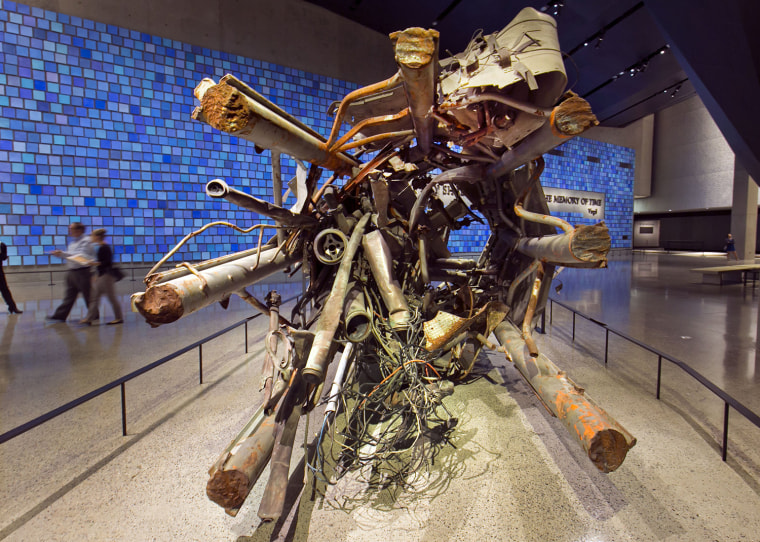
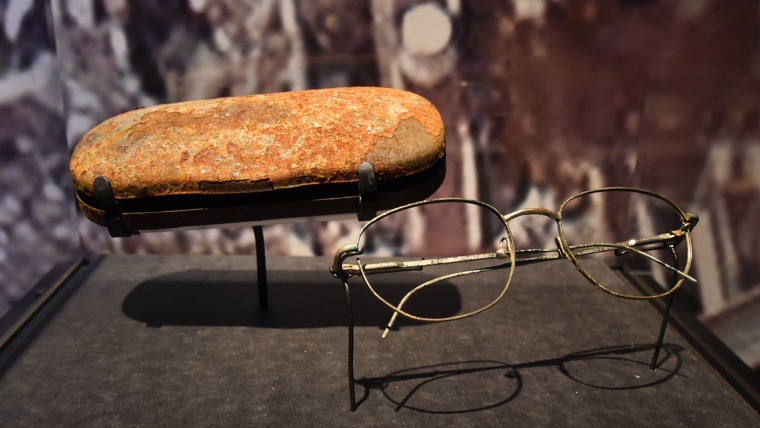

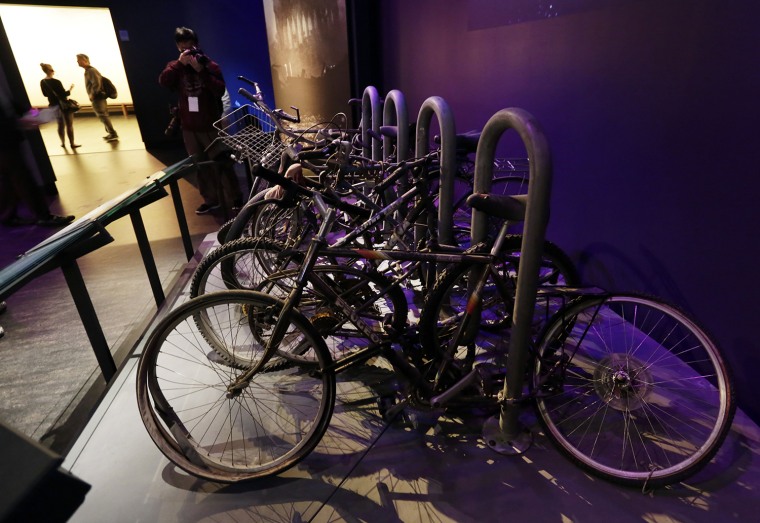
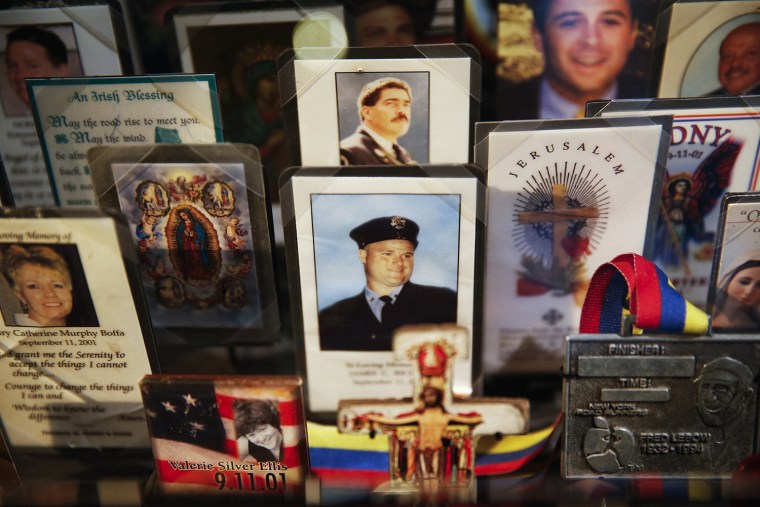
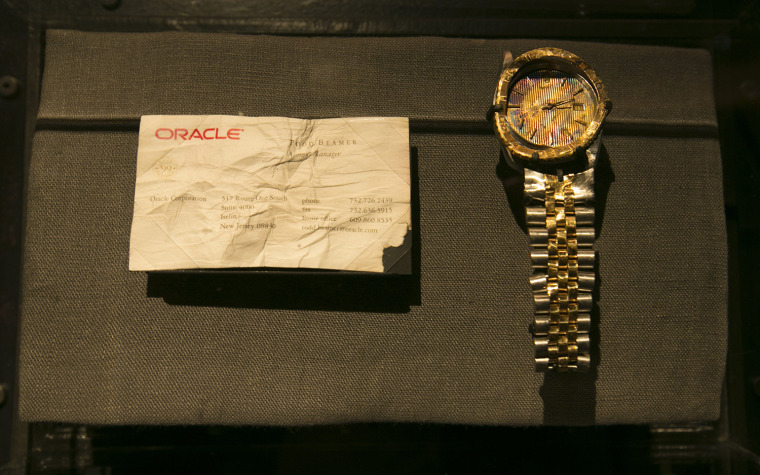
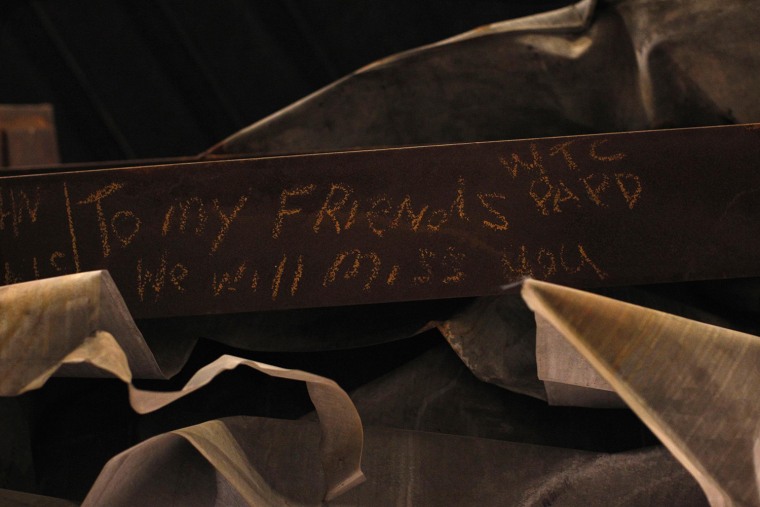
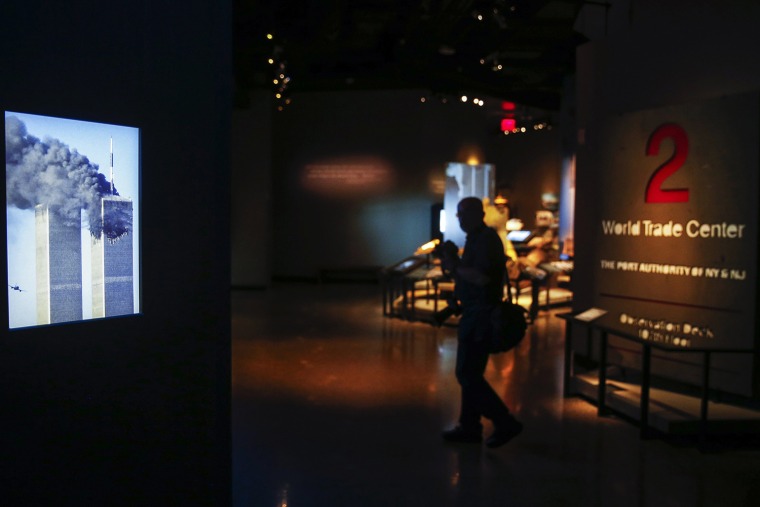
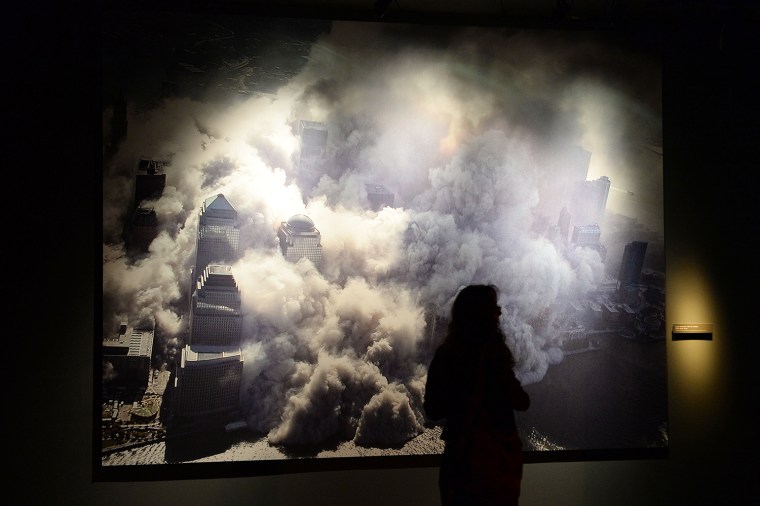
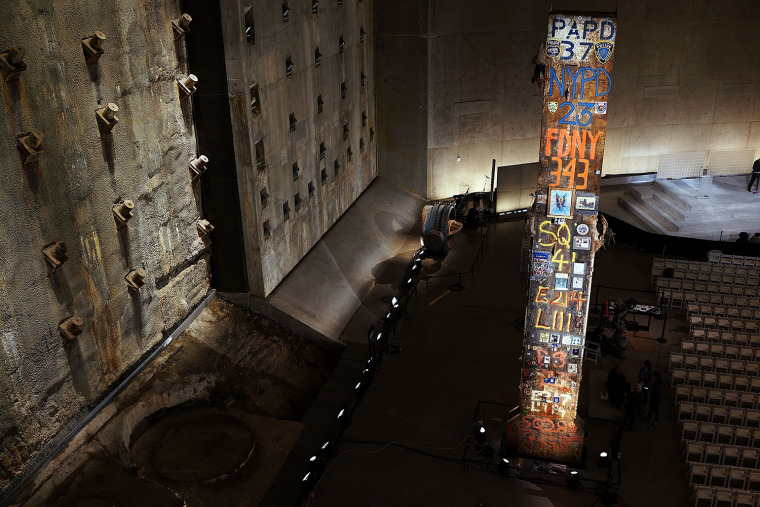
The Last Column
The symbolic “Last Column,” a steel beam from one of the World Trade Center towers, stands near the slurry wall that held back the Hudson River from the site. The slurry walls formed “the bathtub,” a skewed rectangle with sides about 980 by 520 feet and as deep as seven stories. The wall withstood the forces of tons of collapsing debris and held in place, preventing the waters of the Hudson from flooding lower Manhattan and the PATH train tunnels after the attacks.
